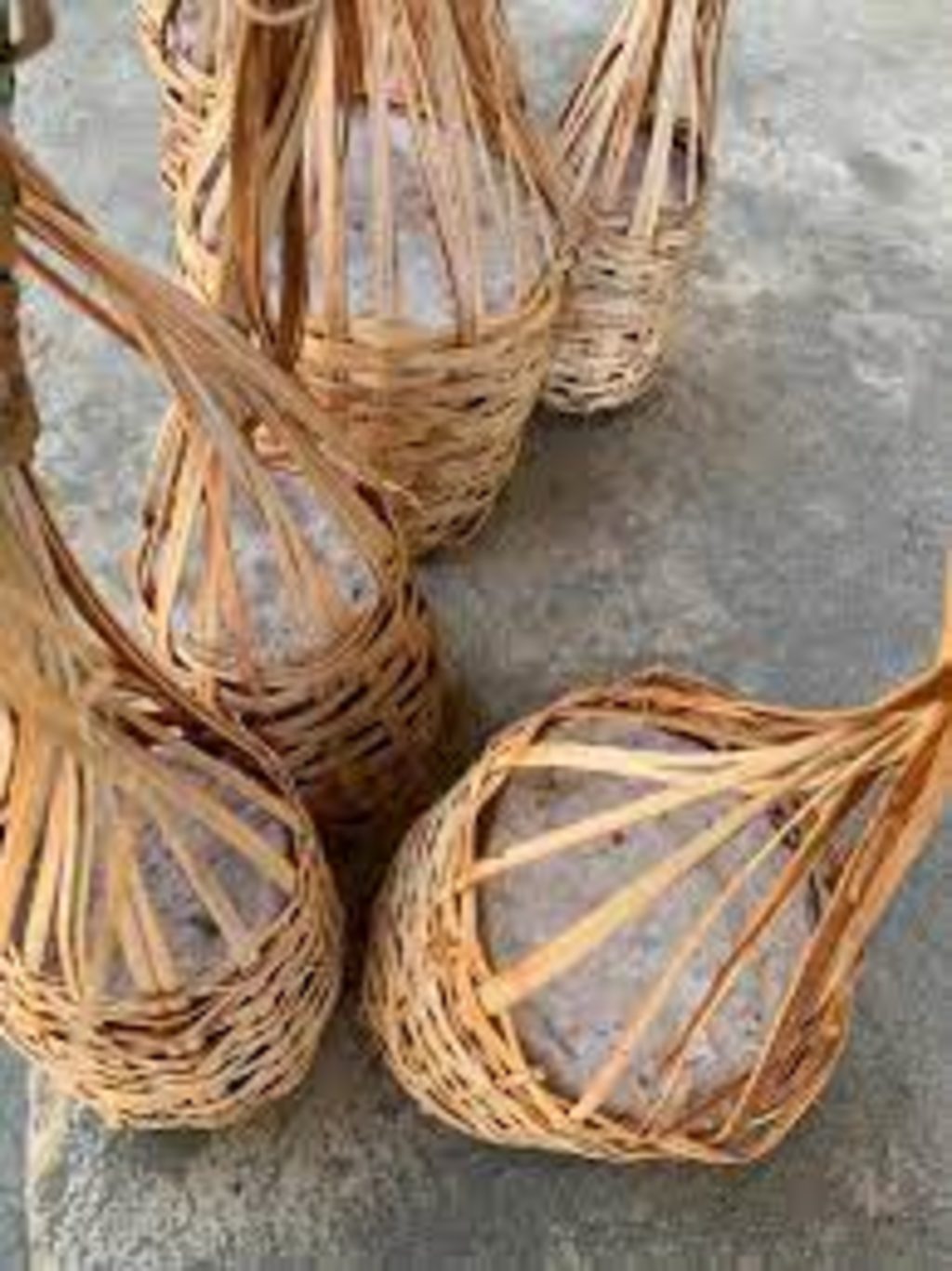HUNDREDS of years before the arrival of the first European in Fiji, homemade salt was produced in settlements along the Sigatoka Sand Dunes.
These early settlers prepared salt by evaporating saltwater in special clay dishes using the power of the sun.
They were thought to be the first pre-contact salt makers in the Pacific.
Hundreds of years later, the successors of the industry emerged. But unlike those who were the first to master salt-making, the new breed of salt producers extracted salt by boiling seawater.
From its early subsistence use, salt slowly developed into a market commodity “for prestige and trade and an agent of social change” and today it is used as a seasoning in foods, cooking, cosmetics and for preserving food.
But between 1976 and 1994, Wai – the saltmaking district, lost about 11 hectares of its mangroves and three hectares of salt grounds.
As the natural ecosystem where salt was sourced from got depleted, salt-making halted and its associated knowledge and skills slowly disappeared.
For many years, salt was never produced again in the district. In 2000, through the intervention of the World Wide Fund for Nature, Lomawai Village restored its lost glory.
The revival of salt-making made villagers realise the importance of protecting the mangrove forest.
Lomawai’s seawater wells are surrounded by a mangrove swamp that helps filter saltwater that comes from the sea.
The swampland plants also act as national barriers and protect the local population from cyclones, flooding and heavy rain.
In the olden days, Lomawai villagers took salt as a gift when visiting other villages or traded them for other food produce or traditional artefacts.
Salt was also presented during special traditional gathering.
Making salt, like many traditional cooking, is labour-intensive and largely done by women.
Firstly, one has to first dig a six to seven foot circular pit in dried-up areas on the mangrove swamp flats.
Traditionally, seawater was harvested from the pools to coincide with the mango season and the onset of dry weather.
“Dugout sediment is piled along the circumference of the rounded well to help protect the brine inside,” said retired high school teacher and leader of Lomawai’s Soqososo Vakamarama, Mereani Butani during an interview with The Sunday Times.
“The digging will have to go down four soil layers until seawater starts to spring up.”
“From what I’ve heard, the cooking of salt was an activity done once a year, around the time when the mudflats were at their driest,” she said.
Once a brine pool was filled up, it may supply seawater for several years before running dry again.
“When the pools fill up we can use seawater in them for some four to five years before they dry up again.
“Once a pool gets dry we have to dig a new well on the mudflat.”
“In the olden days, women dressed up while preparing salt. It is said, special chants were sung by the men while women dipped their pails into the well to collect brine.
Then later, while salt was cooked, women would stir the hot brine while dressed in skirts and topless.
“The idea was to appease the kalou vu (traditional deities) and get them to give more salt,” Butani said.
At the cooking stage, mangrove firewood was used to supply the fuel needed to keep the furnace firing for up to 48 hours.
When brine started boiling, it demanded constant stirring and careful attention.
“At boiling point, hot splatters would form white crystals on the side of the pot,” Butani said.
“At this stage, you have to keep stirring the hot liquid until it evaporates.
“Boiling can take up to 24 hours, if the firewood is good, or otherwise you’d be cooking for 48 hours.
Once cooked, salt is taken off the fire and transferred into another pot. Drabs of water are added again at this point, put on the fire and stirred further until completely dry.
The pot is removed from the fire and put out in the sun for a day or two so that the salt will complete its drying.
Then the salt is allowed to dry in the sun before being put into moulds and allowed to stand and dry further.
Then the moulds are removed before solid salt blocks are wrapped in aluminium foil to preserve moisture.
Lastly, special baskets using the stripped inside parts of young mangrove aerial roots (tiri) are woven to store the salt. In the olden days, salt baskets would be hung above the fireplace to help preserve it.
They were taken down, scraped roughly to remove soot and then the white crystals were collected for cooking before the basket was put back. Salt and mangrove plants seem to have a mutual relationship.
The people of Lomawai believe that without their mangroves, they cannot produce salt, because they function as a filter for saltwater coming from the sea.
Also, without the protection of mangroves, Lomawai salt production would be halted.
The mangrove area is considered to be of ecological importance as well as a natural protection for the effects of climate change. Preparing salt has no taboos except that women are supposed to be in a happy and positive mood.
“A woman who cooks salt needs to have good virtues,” Butani said.
“If you hate someone or have negative thoughts, salt won’t form. To ensure that the knowledge and skills in traditional salt production is transferred to the younger generation, teenage girls learn about salt making once they reach their teens.”
“As an elderly woman, it is my job to teach young girls how to make salt so that our traditional knowledge and skills are not lost,” Butani said.
This article was first published in The Sunday Times in December 2021.History being the subject it is, a group’s version of events may not be the same as that held by another group. When publishing one account, it is not our intention to cause division or to disrespect other oral traditions. Those with a different version can contact us so we can publish your account of history too — Editor.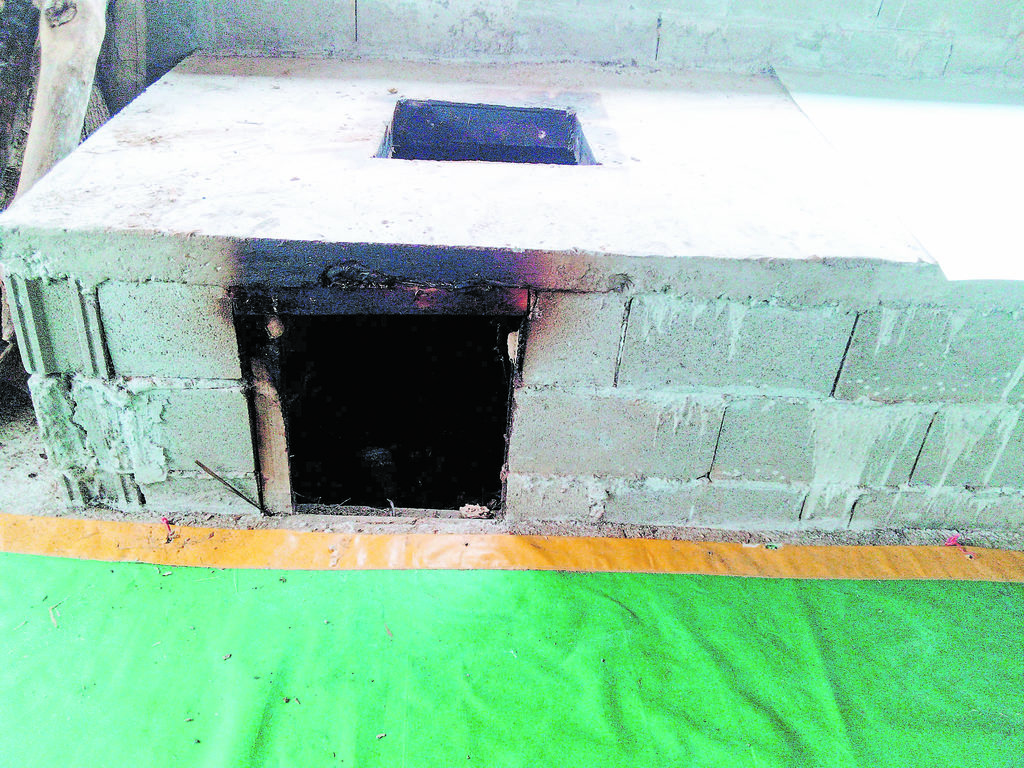
A modern concrete stove for cooking salt. Picture: FT FILE/John Kamea
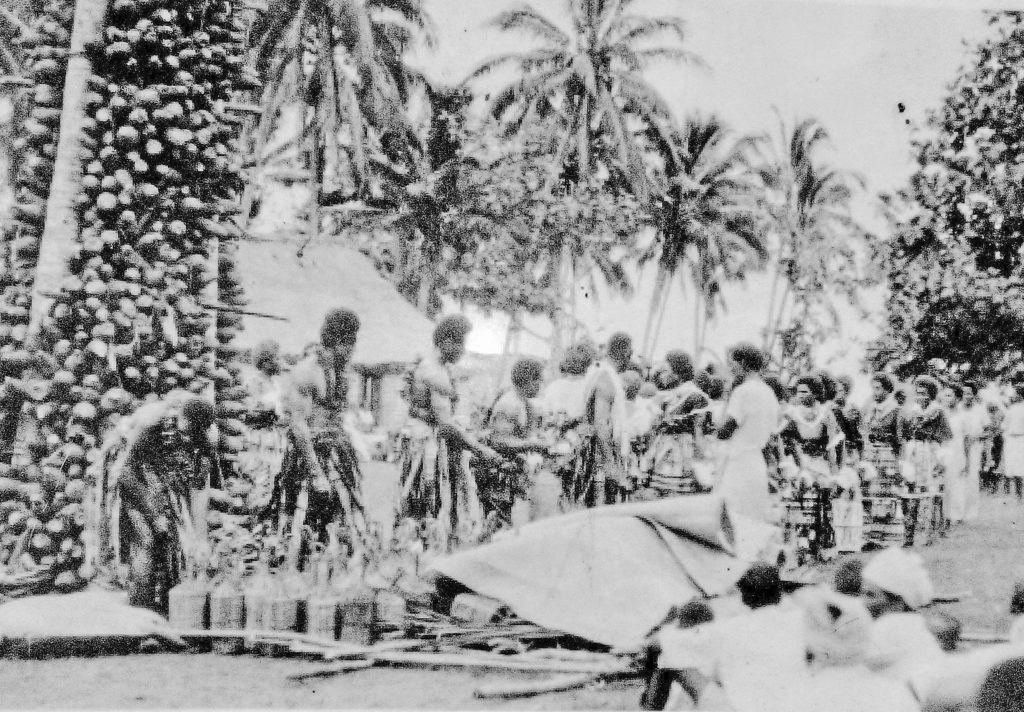
This photo shows how salt was once an item of value during early days, used as gifts during traditional gatherings or used to barter.
Picture: SUPPLIED
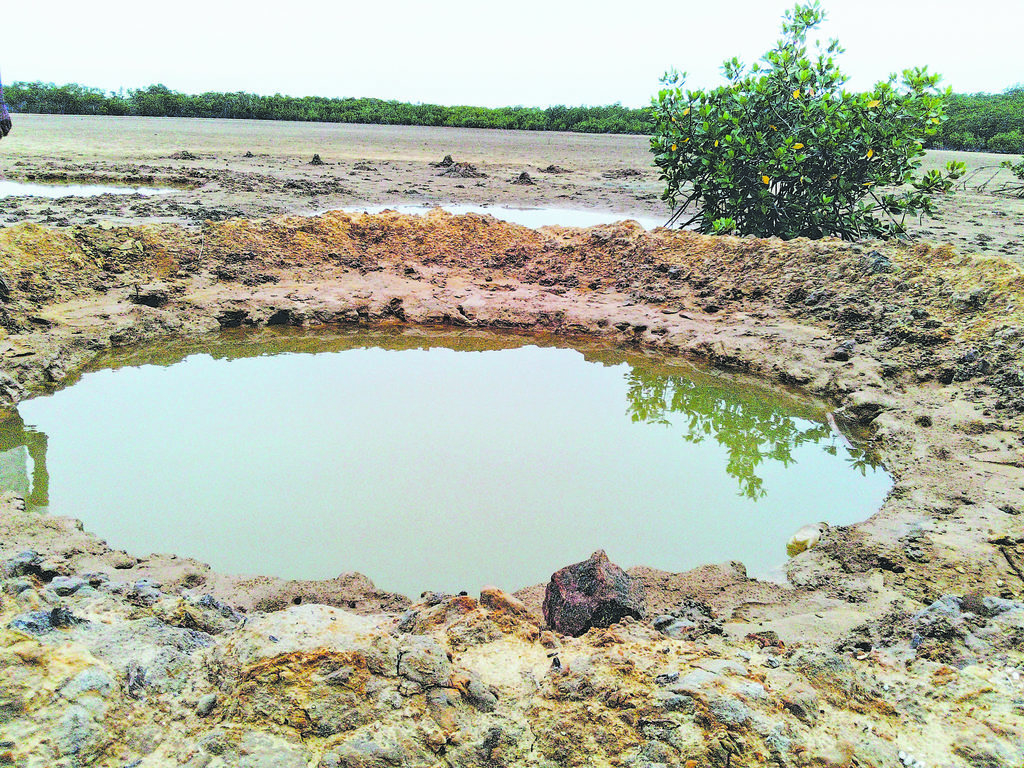
A saltwater well called matoji on Lomawai’s dried up mudflats (maqa) provides the raw material for salt preparation. Picture: SUPPLIED
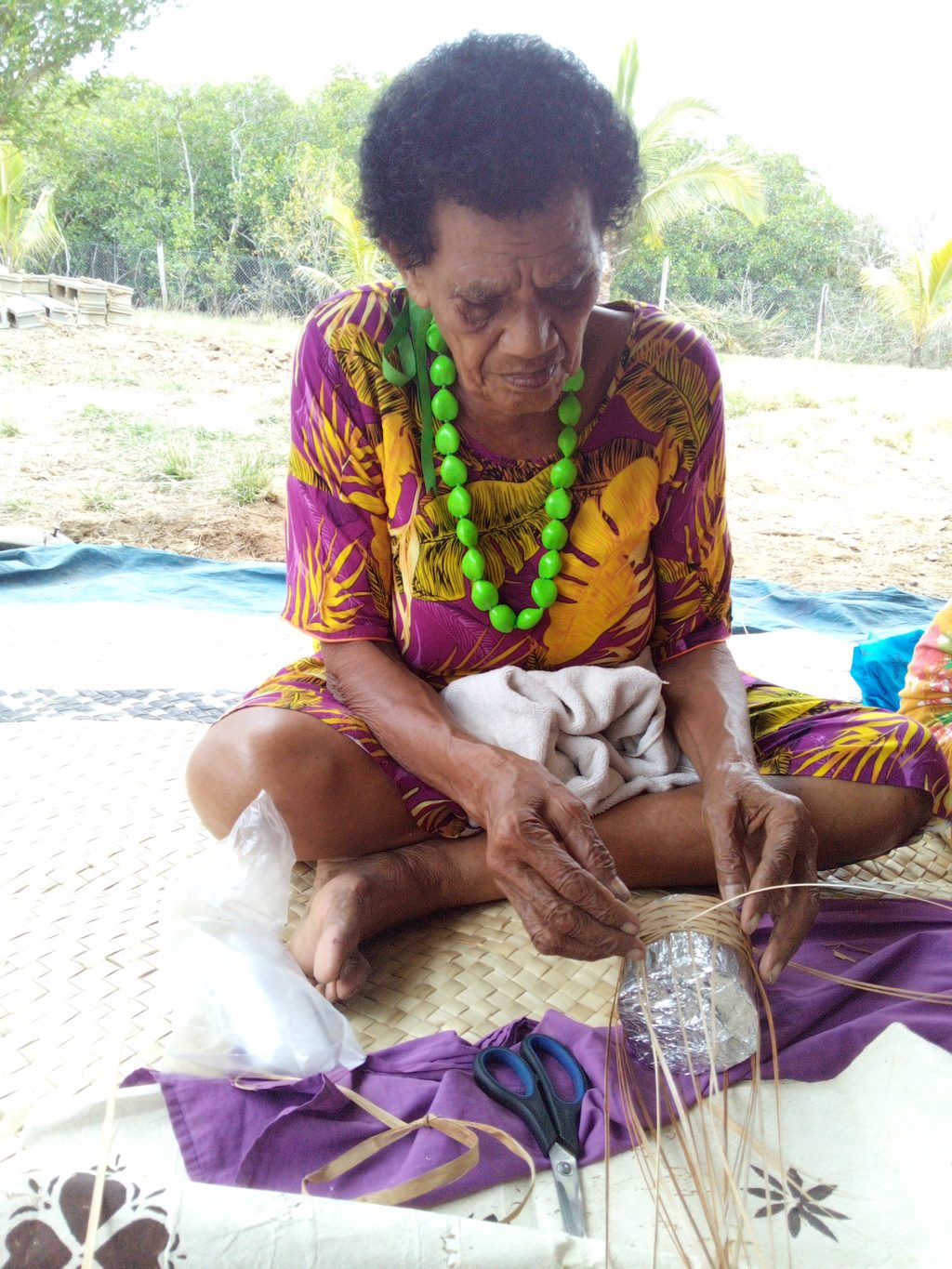
An elderly woman demonstrates how to weave a salt basket using strips of aerial mangrove roots called tiri. Picture: FT FILE/John Kamea
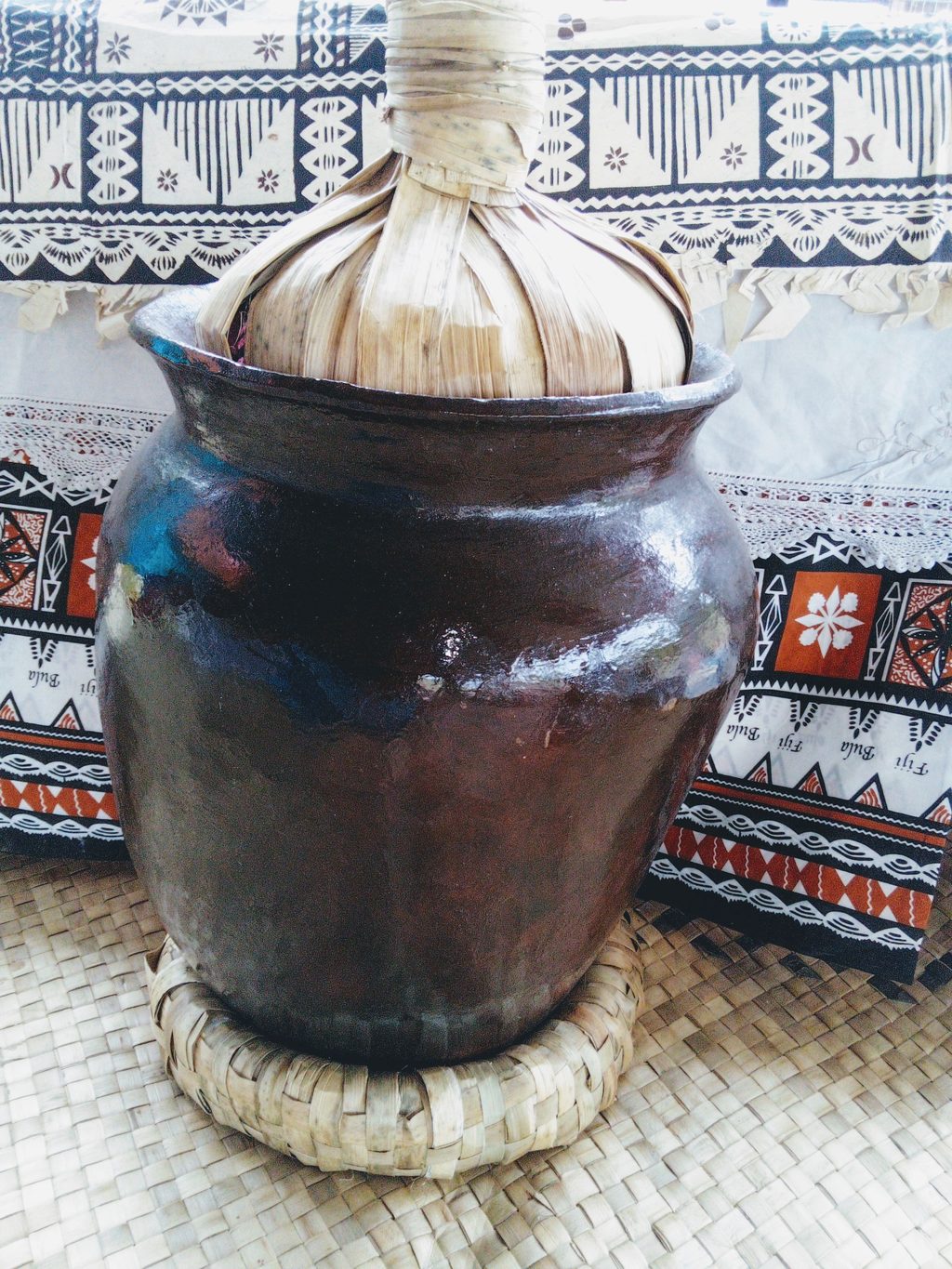
A clay pot for storing cooked salt. Picture: FT FILE/John Kamea
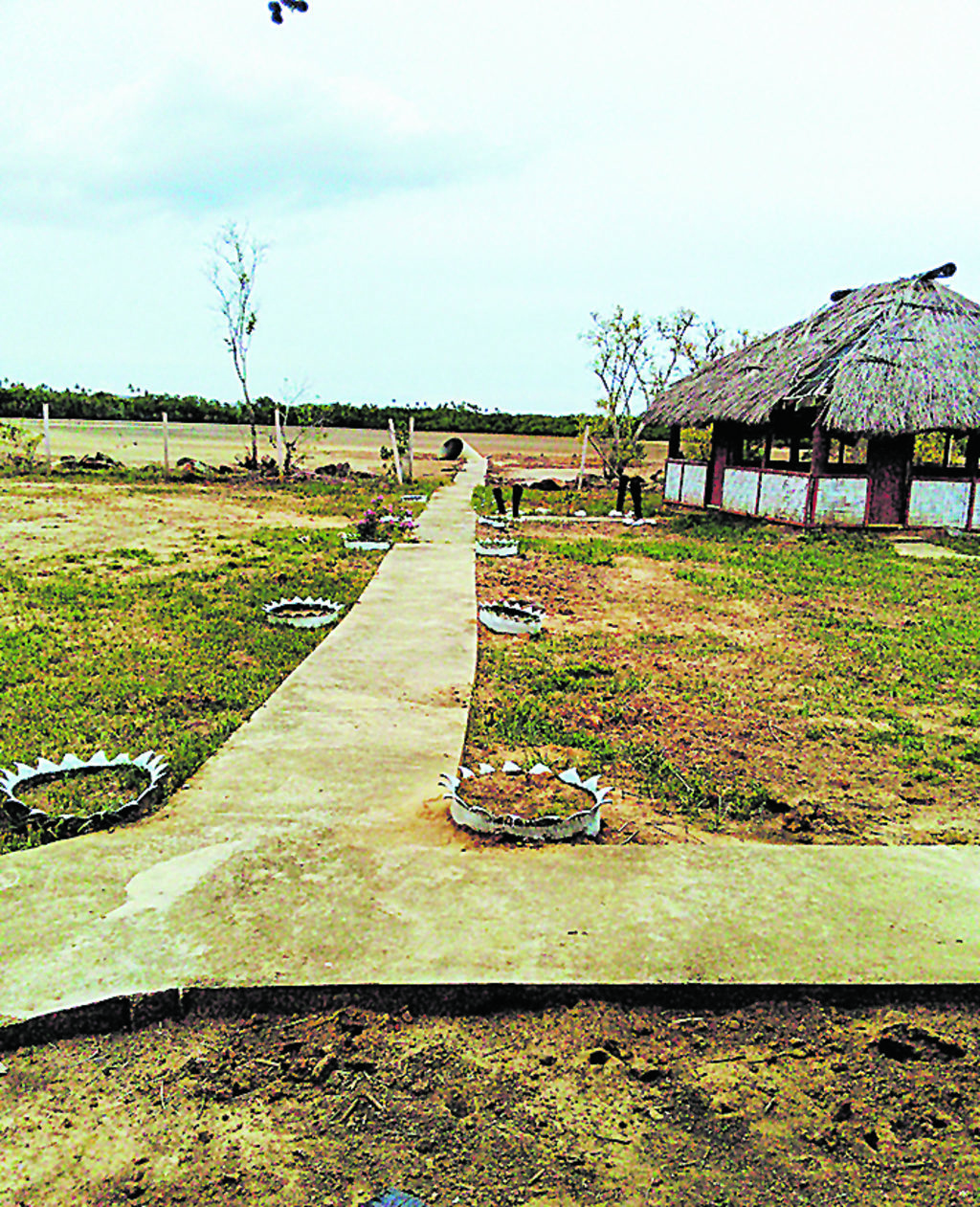
The concrete footpath to the saltwater pool. Note the old salt cooking workshop (bure) that was destroyed during TC Yasa (top right). Picture: SUPPLIED
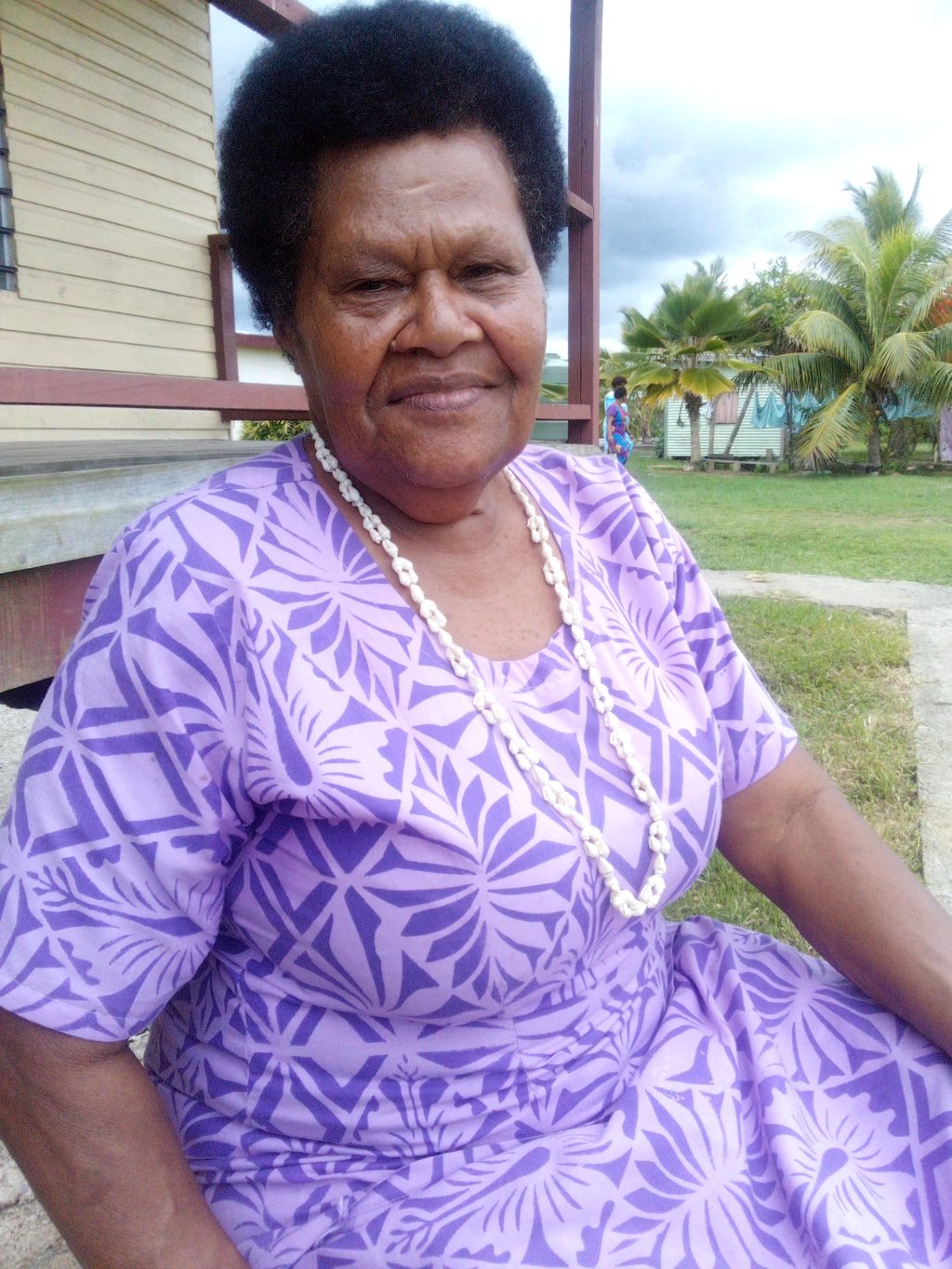
Chief salt maker, Mereani Butani. Picture: FT FILE/John Kamea

